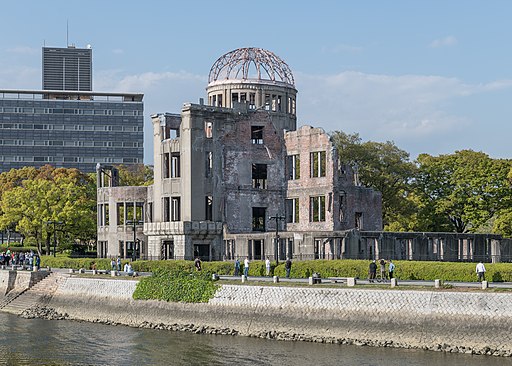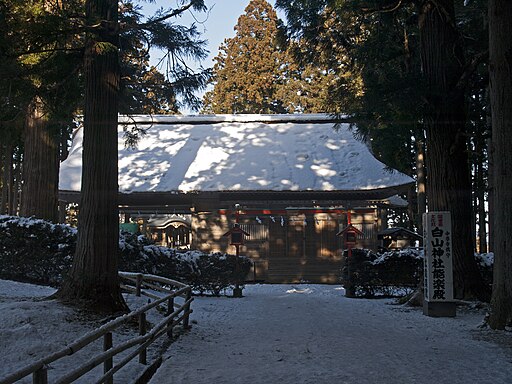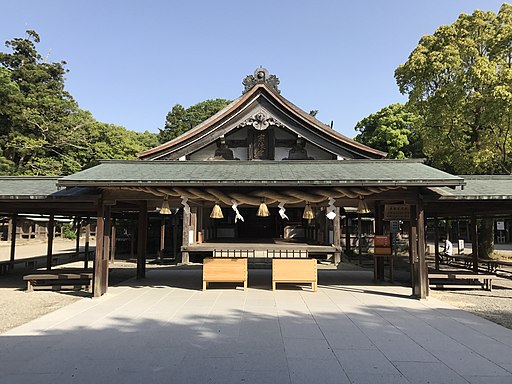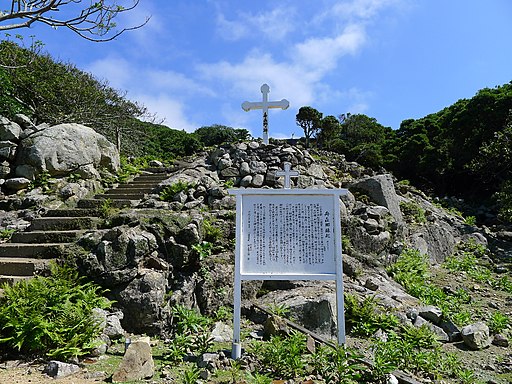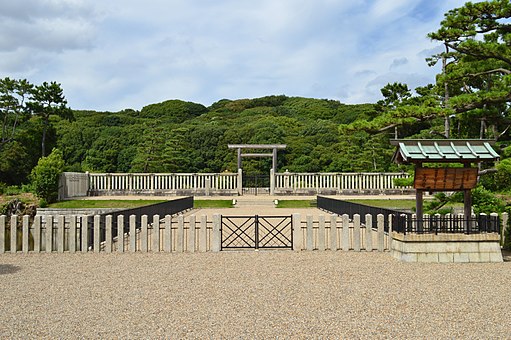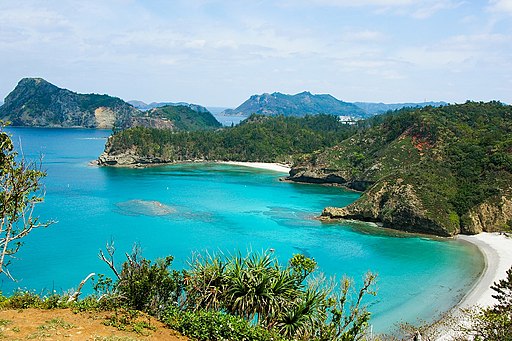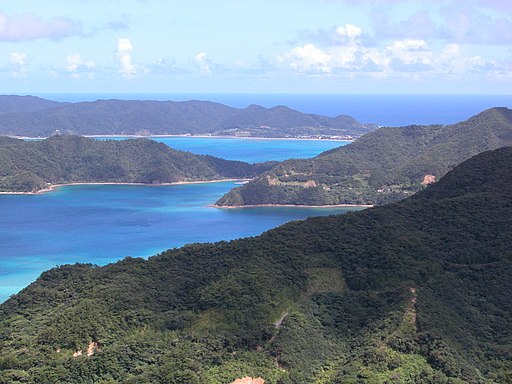World Heritage Sites (UNESCO) in Japan
The United Nations Educational, Scientific and Cultural Organisation (UNESCO) is a United Nations agency that aims to promote the preservation and growth of the world’s intellectual and cultural property. UNESCO is probably best known for designating World Heritage Sites, cultural and natural sites that display ‘outstanding universal value’. There are currently 26 World Heritage sites in Japan, 21 cultural and 5 natural.
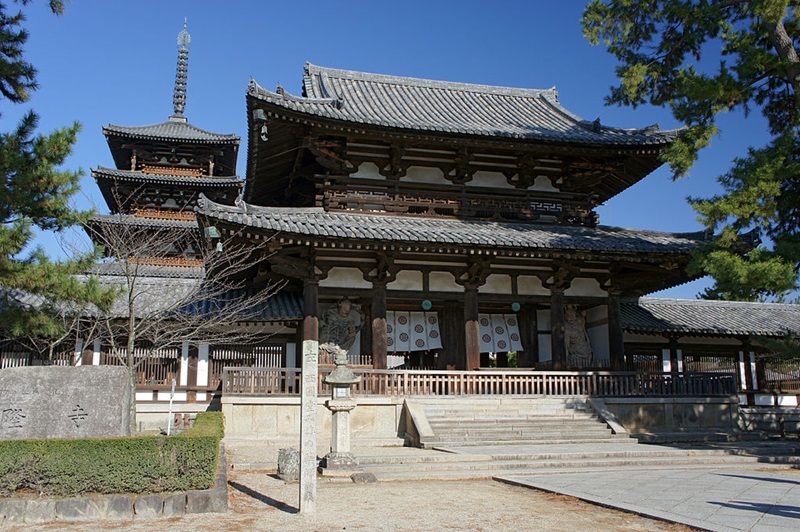
663highland, CC BY-SA 3.0, via Wikimedia Commons
World Heritage Sites
Cun Cun, CC BY-SA 4.0, via Wikimedia Commons
The central gate, main hall and pagoda of the Horyuji temple are the oldest wooden structures in the world.
Gorgo, Public domain, via Wikimedia Commons
Himeji Castle is the most beautiful and complete example of a Japanese feudal castle.
Martin Falbisoner, CC BY-SA 4.0, via Wikimedia Commons
Over a dozen shrines, temples and castles in Kyoto and the neighbouring towns of Uji and Otsu, including Toji, Kiyomizudera, Enryakuji, Daigoji, Byodoin, Tenryuji, Kinkakuji, Ginkakuji, Ryoanji and Nijo Castle.
663highland, CC BY-SA 3.0, via Wikimedia Commons
Shirakawa-go and Gokayama are located in the mountains of Gifu and Toyama prefectures, famous for their solid houses built in the style of Gasshozukuri architecture.
DXR, CC BY-SA 4.0, via Wikimedia Commons
The A-Bomb Dome is the only structure left in the centre of Hiroshima after the atomic blast in 1945.
Rdsmith4, CC BY-SA 2.5, via Wikimedia Commons
The Itsukushima shrine is one of the most beautiful and unique shrines in Japan, located on the sacred island of Miyajima. It is particularly famous for its ‘floating’ torii gate.
(WT-en) Jpatokal at English Wikivoyage, CC BY-SA 3.0, via Wikimedia Commons
More than half a dozen shrines, temples and other sites in Nara, including Todaiji, Kofukuji, Kasuga Taisha and Yakushiji.
Gorgo, Public domain, via Wikimedia Commons
Nikko has been a centre of Shinto and Buddhist worship for many centuries. Today it is most famous for its richly decorated Toshogu shrine.
FoxyStranger Kawasaki, CC BY-SA 3.0, via Wikimedia Commons
Various castle ruins and other sites in Okinawa Prefecture, dating back to the era of the Ryukyu kingdom.
Sacred sites and pilgrimage routes in the Kii mountain range
Since 2004
663highland, CC BY-SA 3.0, via Wikimedia Commons
Sacred sites in Yoshino, Omine, Kumano and Koyasan linked by pilgrimage routes in a densely forested mountainous region.
Iwami Ginzan Silver Mine and Cultural Landscape
Since 2007
Motokoka, CC BY-SA 4.0, via Wikimedia Commons
Iwami Ginzan is a former silver mine in the mountains of Shimane Prefecture, whose production accounted for one third of the world’s silver production in the 17th century.
Hiraizumi Monuments and Historical Sites
Since 2011
Ymblanter, CC BY-SA 4.0, via Wikimedia Commons
Various temples and other sites in Hiraizumi, including Chusonji and Motsuji.
Alpsdake, Public domain, via Wikimedia Commons
Japan’s most iconic volcano and tallest mountain, Mount Fuji, has been revered as a sacred mountain for centuries and has had an immeasurable impact on Japanese culture, and is recognised as a symbol of Japan throughout the world.
Tomioka silk factory and related sites
Since 2014
C1815, CC0, via Wikimedia Commons
The Tomioka silk factory in Gunma Prefecture was the model factory that revolutionised the Japanese silk industry after the end of the feudal era. The industrial complex is well preserved.
Sites of the Japanese Meiji Industrial Revolution
Since 2015
そらみみ (Soramimi), CC BY-SA 4.0, via Wikimedia Commons
The sites of Japan’s Meiji Industrial Revolution are a collection of historical sites spread across eight prefectures. They highlight the country’s rapid development into Asia’s first industrial power in just half a century.
National Museum of Western Art
Tokyo – Since 2016
663highland, CC BY-SA 3.0, via Wikimedia Commons
The National Museum of Western Art in Ueno Park in Tokyo is the only Japanese building designed by Le Corbusier. Alongside numerous other works by the pioneering architect in Argentina, Belgium, France, Germany, India and Switzerland, the museum building is part of ‘The Architectural Work of Le Corbusier, an Outstanding Contribution to the Modern Movement’.
Okinoshima Island and related sites in the Munakata region
Since 2017
そらみみ, CC BY-SA 4.0, via Wikimedia Commons
Okinoshima is a small remote island, 60 kilometres off the coast of Kyushu. Off-limits to the general public, the island has been revered as a sacred island for many centuries. It is part of the three Munakata shrines.
Hidden Christian sites in the Nagasaki and Amakusa region
From 2018
Indiana jo, CC BY-SA 4.0, via Wikimedia Commons
Numerous churches and historical sites related to the history of Christians hidden in Nagasaki Prefecture and the Amakusa Islands.
Mozu-Furuichi Kofungun
Sakai (Osaka) – since 2019
Saigen Jiro, CC0, via Wikimedia Commons
Dozens of ancient tombs in southern Osaka, including the Mozu Tombs. Built in the 4th-6th century for the ruling elite, the tombs come in many shapes and sizes, including the largest tombs in the world.
Jomon prehistoric sites in northern Japan
Since 2021
English: Abasaa日本語: あばさー, Public domain, via Wikimedia Commons
In southern Hokkaido and northern Tohoku there are 17 prehistoric Jomon archaeological sites, which testify to 10,000 years of pre-agricultural history, developed around 13,000 BC.
Sado Island Gold Mines
Since 2024
Opqr, CC BY-SA 3.0, via Wikimedia Commons
The Sado Island Gold Mines are a site rich in history and tradition. Discovered almost a thousand years ago, these mines were among the most productive, sustaining the Japanese economy for centuries. Today, transformed into museums and world heritage sites, they offer visitors a fascinating insight into the mining technology and culture of the time.
World Natural Heritage Sites
Yosemite, CC BY-SA 3.0, via Wikimedia Commons
Yakushima is an island in Kagoshima Prefecture, south of Kyushu, famous for its flora, particularly its ancient Japanese cedar trees.
Shirakami Sanchi
Since 1993
User: (WT-shared) Sertmann at wts wikivoyage, CC BY-SA 2.0, via Wikimedia Commons
Shirakami Sanchi is a mountain range encompassing Aomori and Akita prefectures, where the last remaining virgin forest of Japanese beech trees can be found.
663highland, CC BY-SA 3.0, via Wikimedia Commons
The Shiretoko Peninsula in eastern Hokkaido is one of Japan’s most beautiful and pristine national parks.
Anagounagi, CC BY-SA 4.0, via Wikimedia Commons
1000 kilometres south of Tokyo, the remote Ogasawara Islands are home to unique fauna and flora.





